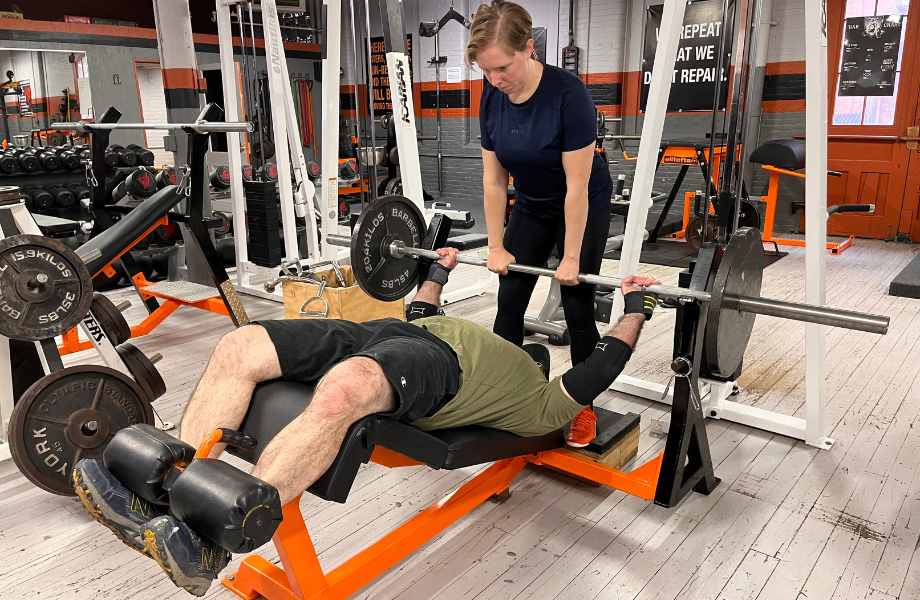We test and review fitness products based on an independent, multi-point methodology. If you use our links to purchase something, we may earn a commission. Read our disclosures.
You may be landing on this article because you’re enthralled with exercise science, gym culture, and trying new training programs or exercise techniques. Maybe you’ve tried one of the best online personal trainer apps and thought, I can do that!
The first step on your journey into the fitness industry is understanding what is a personal trainer and what will be expected from you if you become one.
As a certified personal trainer myself, I’m going to guide you through answering that question, provide resources on what you need to get certified, and offer information about educational organizations that you can do it through. Let’s dive in.
Quick Look: What is a Personal Trainer?
A personal trainer is someone who helps clients with their physical fitness and general wellness. But, the type of physical activity you coach a client through will vary depending on your specialty or your client’s needs.
For example, I specialize in strength training (specifically dumbbell and barbell exercises) and work with individual clients and small groups to help clients progress their strength capacity.
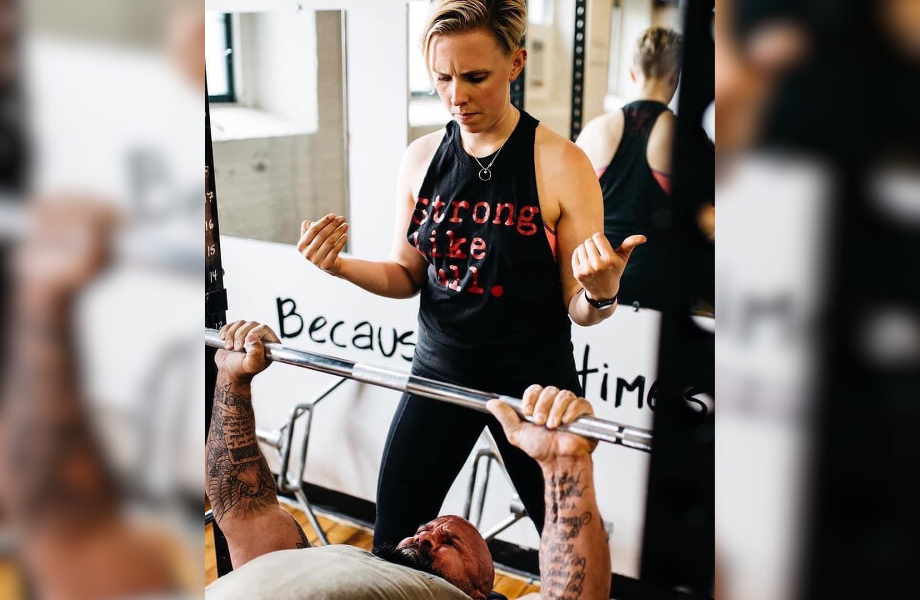
However, there are other modalities to work with clients in. GGR senior editor and certified personal trainer Nicole Davis primarily works in group fitness settings and with pre- and postnatal clients. Kate Meier, NASM-CPT, USW-L1, and GGR head of content works on compound exercises with clients of all fitness levels including seniors, kids, and even competitive weightlifters.
When starting out in the fitness industry, you’ll likely look for jobs at a commercial gyms, health clubs, or fitness centers. These larger organizations offer a mix of opportunities to lead group exercise classes and work with clients individually.
Although less common for new trainers, some folks work from a home gym or travel to a client’s home. These scenarios require liability insurance policies, but for the purposes of this article, I’m going to focus on personal trainers working at an established gym.
RELATED: Best Home Gym Equipment
The Personal Trainer’s Scope of Practice
You will not only lead a client (or a group) through a workout, you will also have the responsibility to develop safe fitness programs that are effective and allow for tracking client progress.
RELATED: What is Progressive Overload?
Certified personal trainers are also expected to respond appropriately in emergency situations and are required to be up-to-date in First Aid and CPR/AED certifications.
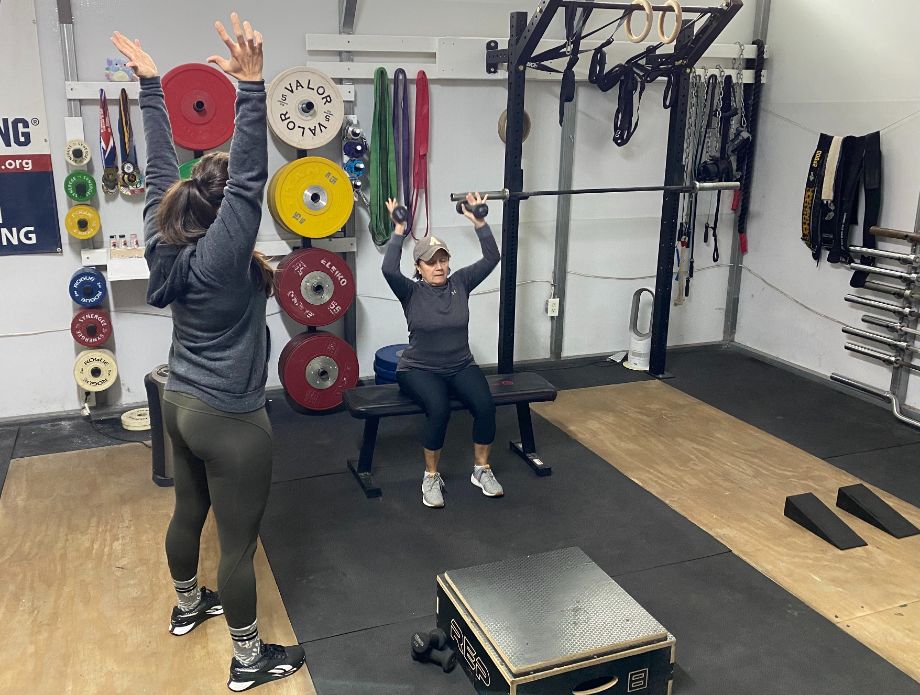
Additionally, every certifying organization will have a code of ethics and a scope of practice to abide by as a certified personal trainer. While there may be slight differences and nuances for each organization, they all follow similar protocols that require personal trainers to create safe and effective exercise programs.
I’m certified through the National Strength and Conditioning Association (NSCA), which uses the acronym “MATER” when outlining a personal trainer’s scope of practice:
- Motivate performance
- Assess health status
- Train safely and effectively to meet individual objectives
- Educate clients to be informed consumers
- Refer clients to healthcare professionals when necessary
On the day-to-day training, personal trainers require knowledge of general anatomy and exercise technique to coach clients through training sessions. On a larger scale, personal trainers need the ability to progress clients through plateaus, work around health concerns, and have enough health and fitness experience to help clients make better lifestyle decisions.
RELATED: NSCA Certification Reviews
Personal Trainer Limitations
While a trainer helps clients with personal fitness and general wellness, a trainer’s scope of practice does not necessarily allow for nutrition coaching. To help clients with nutrition coaching, you’ll need additional nutrition-based certifications. It’s also worth noting that the laws about nutrition counseling vary from state to state—some require a nutritionist certification while others require licensure (like a licensed dietitian).
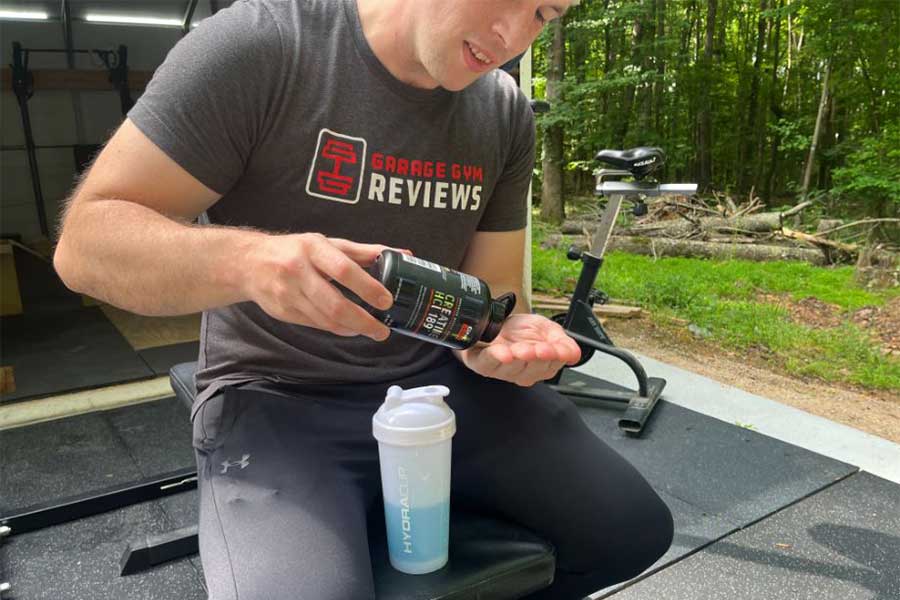
That said, personal trainers should not make recommendations or provide specific meal plans for clients regardless of if a client is an athlete or on a weight loss journey. That also includes suggesting specialty diets, recommending nutritional supplements, or evaluating macronutrient needs.
RELATED: NASM Nutrition Certification Review
Beginning Stages of Working With Clients
Working at an established health club will be one of the best ways to develop a roster of clients and ensure you’re taking appropriate steps with client consultations and the onboarding process.
Client Consultation
When meeting with a potential client, personal trainers are encouraged to set up a client consultation, which is an initial interview where both the client and trainer can assess compatibility, set fitness goals, and establish a client-trainer agreement.
A client-trainer agreement is partly a conversation to establish boundaries and expectations but it should also include a legal document with a contract outlining the payment process, cost structure, and cancellation policy.
RELATED: What is the ACE Certification?
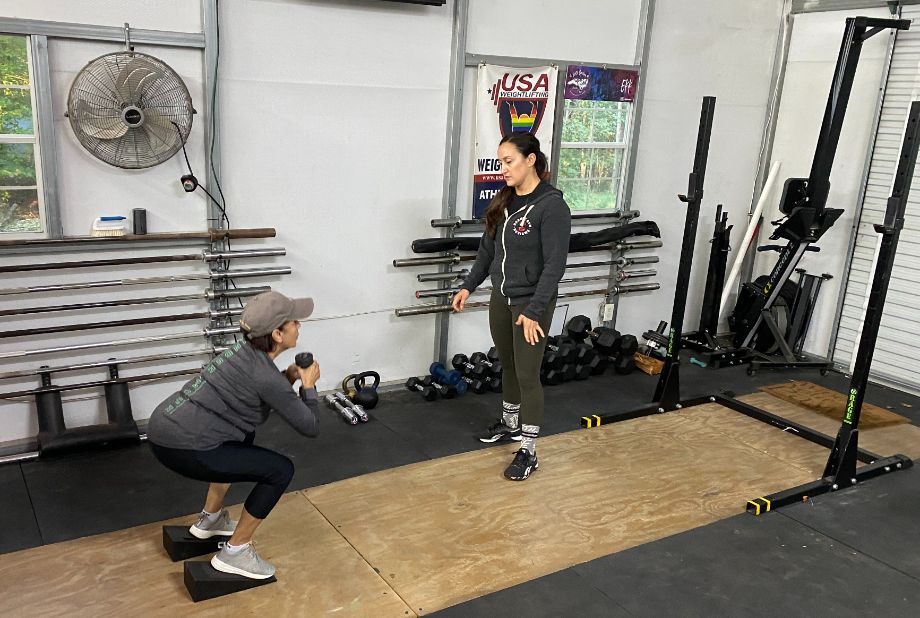
PAR-Q (Physical Activity Readiness Questionnaire)
During the client consultation a potential client should fill out a PAR-Q, which is a questionnaire originally developed in Canada to assess a client’s readiness. It asks clients to self-recall healthy lifestyle observations, signs and symptoms, and confirm any doctor’s diagnosis.
RELATED: NASM vs NSCA
Health And Fitness Assessment
Based on the initial interview and the PAR-Q, as a personal trainer you will be able to screen for risk factors and symptoms of chronic cardiovascular, pulmonary, metabolic, and orthopedic diseases.
Some of these risk factors include (but are not limited to): family history, client age (men over 45 and women over 55), cigarette smoking, high blood pressure, high cholesterol, obesity, and a sedentary lifestyle.
RELATED: ISSA Certification Review
How to Earn A Personal Trainer Certification
The first step toward a career as a personal trainer is getting certified. Enrolling in a program will arm you with the knowledge you need to safely work with clients and have the credentials to prove to gyms and health clubs you’re a qualified candidate.
You don’t need a bachelor’s degree or any formal education in exercise science and kinesiology. The best personal training certification courses teach you everything you need to know. Most programs have a few basic prerequisites: You’ll need to be at least 18 years or older, have a high school diploma (or equivalent), and take a First Aid and CPR/AED certification course.
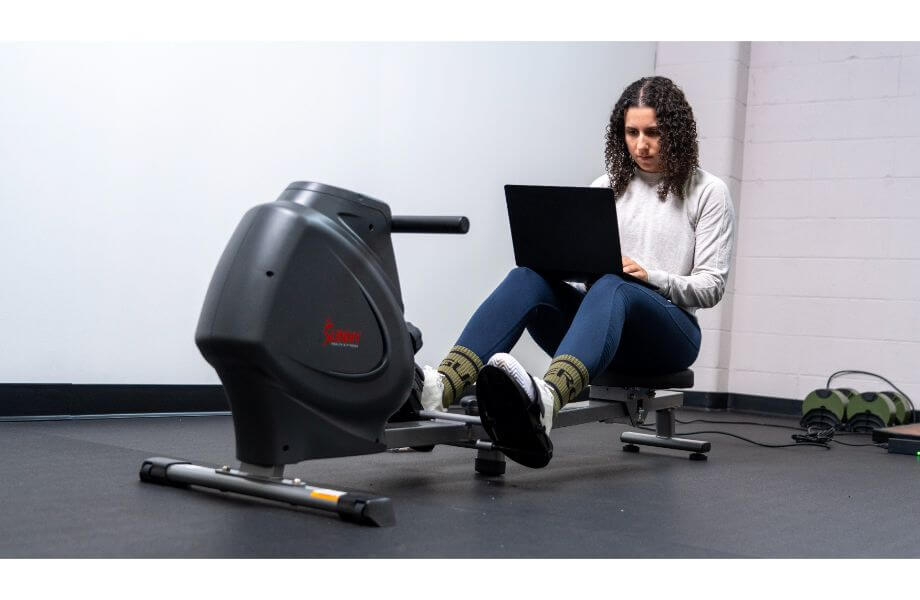
To get a better understanding of how to become a personal trainer, we put together an in-depth guide outlining the typical certification process, subject matter, and information about staying certified.
It’s also worth noting there are several options to choose from when it comes to certifications. The following organizations are accredited programs by the NCCA (National Commission For Certifying Agencies):
- ACE (American Council on Exercise)
- ACSM (American College of Sports Medicine)
- ISSA (International Sports Sciences Association)
- NASM (National Academy of Sports Medicine)
- NESTA (National Exercise and Sports Trainers Association)
- NFPT (National Federation of Professional Trainers)
- NSCA (National Strength and Conditioning Association)
- NSCF (National Council on Strength and Fitness)
Things to Consider Before Becoming A Personal Trainer
If you’re in a traditional labor or desk job, you’re probably used to having set hours, a lunch break, and a set amount of paid time off. Depending on the gym or health club, those traditional benefits may not exist.
However, most trainers have plenty of freedom to choose when they work and take time off. It’s also an added bonus to work in a facility with gym equipment and free weights at your fingertips.
Hours
Most of your clients will need to train before or after work. That means some of your busiest times are between 5 a.m. to 9 a.m. and again from 4 p.m. to 7 p.m.
When I worked full-time as a personal trainer, I often found myself with several hours without clients in the middle of the day. Although a break at midday can allow you to get in a workout or run a few errands, it extended my time away from home into 10 to 14 hour days.
Working Out
You’ll be in a gym with everything you need to craft a program that completely suits your needs (in addition to your clients needs, of course). Working in a health club offers you resources and time to dial in your training and experiment with new exercises. And having a little fun with your training sessions can help you grow as a trainer.
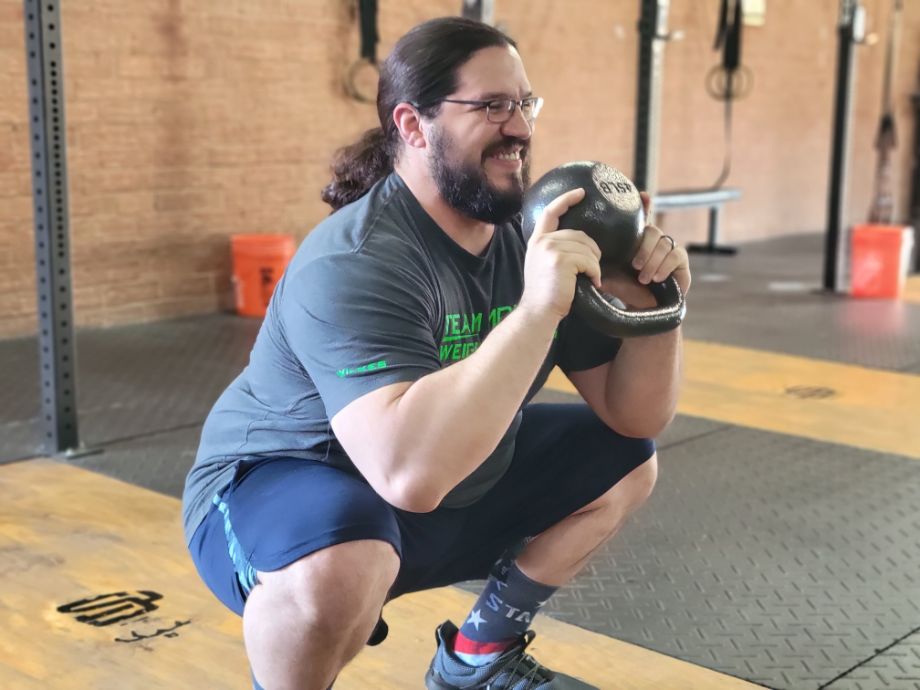
Income
While every health club operates differently, it’s safe to say that most personal trainers earn a commission on sales. Some gyms sell personal training packages while others allow clients to pay per session. And, some facilities pay trainers a flat rate per session.
One of the drawbacks I find to commission-based income is the eb and flow of sales. In my experience, where I live in New England personal training demands vary by season. For example, New Englanders do not like to workout indoors during the summer months and would much rather swim, kayak, or go for a hike. We only get so much sunshine!
All that to say, according to the U.S. Bureau of Labor Statistics, the median annual wage for fitness trainers and instructors was $45,380 in May of 2022. The Bureau also reports a 14% increase in fitness employment between 2022 to 2023 (compared to the national average growth rate of 3% across occupations).
Emotional Labor
Although it’s recommended to establish a client-trainer agreement with boundaries and expectations, you’ll still get to know people on a personal level, and many folks may use training as a way to vent and decompress from stressful situations. Trust me when I say you’ll need strong communication skills to reaffirm boundaries so your own mental health doesn’t suffer.
Interpersonal Communication
Speaking of communication skills, as a personal trainer, clear, concise communication is essential. You’ll learn (and likely very fast) how to get your point across without eating up the entire session lecturing clients or getting caught up in the nuances of certain exercises.
Plus, you’ll also develop the ability to talk to folks of all walks of life, which I find helpful to this day.
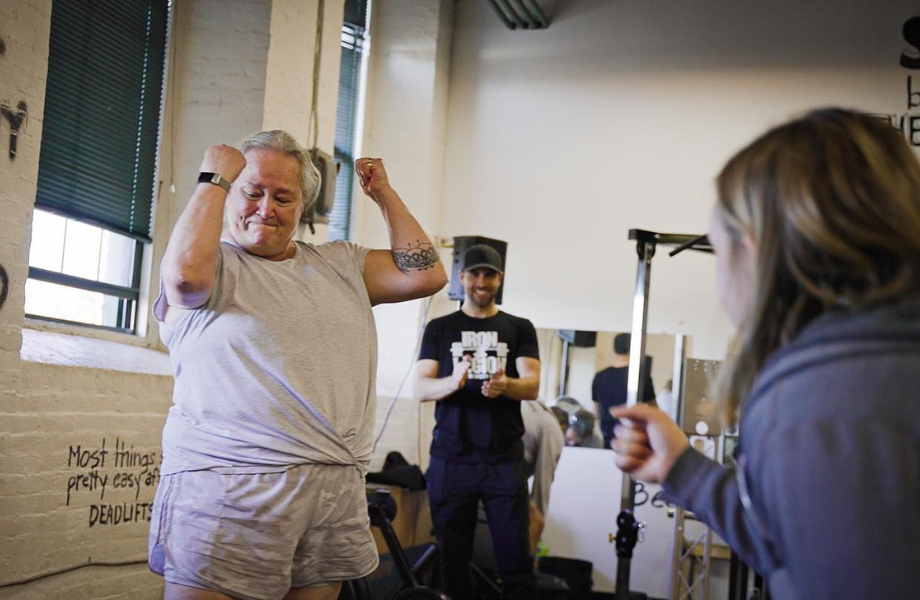
What is a Personal Trainer: Final Thoughts
Personal trainers are fitness professionals who can design and implement training programs to help achieve health and fitness goals through progressive exercises and loads. Certified personal trainers have enough knowledge to help clients with both long- and short-term goals, but should not make recommendations on nutrition.
What is a Personal Trainer: FAQs
Below I answer some frequently asked questions about personal training:
What does a personal trainer do?
A personal trainer’s main priority is to create a safe and effective workout routine, whether it be for resistance training, cardio endurance, or pilates. Personal trainers typically have a specialty and can help you achieve goals to get stronger, run faster, or aid with weight loss.
What is the point of having a personal trainer?
A personal trainer can help by creating an exercise program tailored to your needs and goals. Hiring a personal trainer can also help with accountability.
What are the pros and cons of being a personal trainer?
Being a personal trainer can be a rewarding career with the ability to change people’s lives for the better through physical activity. However, working hours can be demanding and may limit the ability to commit to personal endeavors outside of the gym.
Further reading

The best fish oil supplements provide essential omega-3 fatty acids through EPA and DHA. These are our dietician-reviewed top picks to meet your needs! Read more

Our team of expert product reviewers have found the best dumbbells based on unique factors, manufacturing practices, warranties, shipping, and customer service. Read more

Walmart has tons of options for treadmills, but which is best for you? We did the testing for you; here's our top picks for the best Walmart treadmills. Read more

In my Rogue Adjustable Bench 3.0 review, I’ll explain why, despite it being one of the best benches I’ve tried out, it may not be the best choice for everyone’s home gym. Read more

